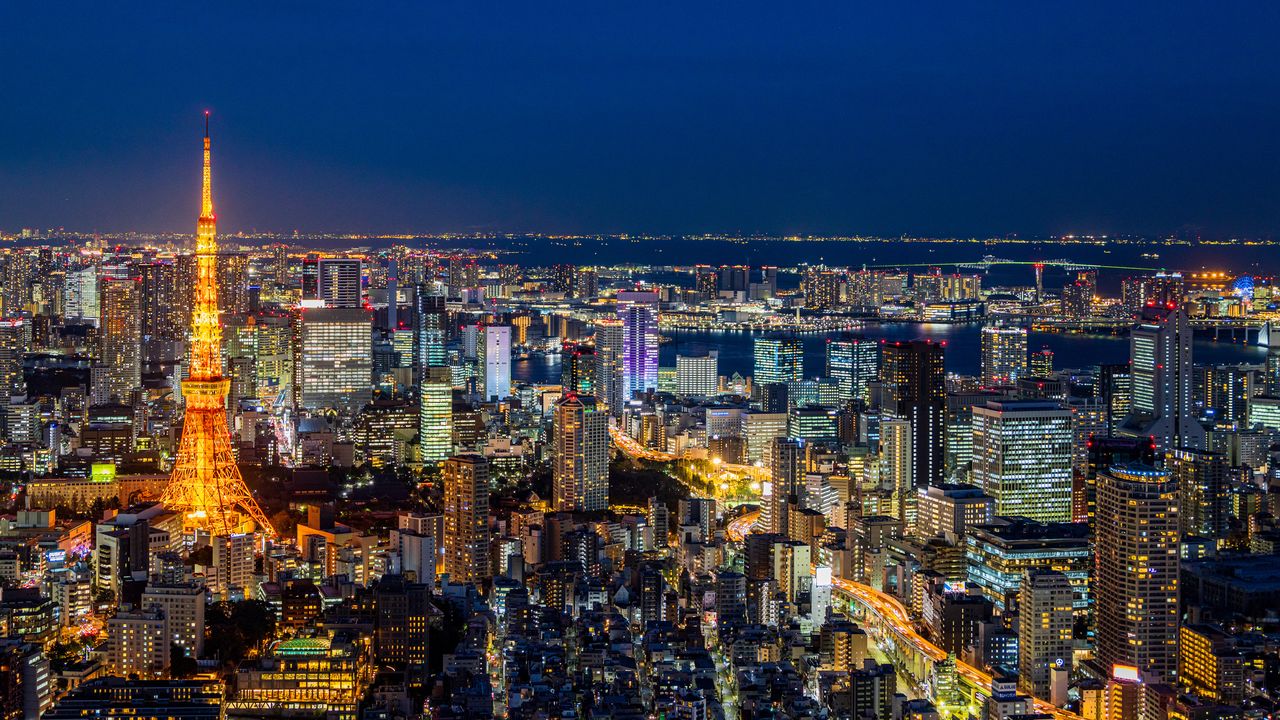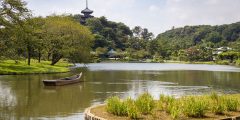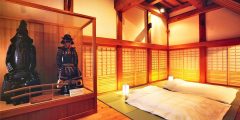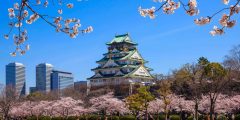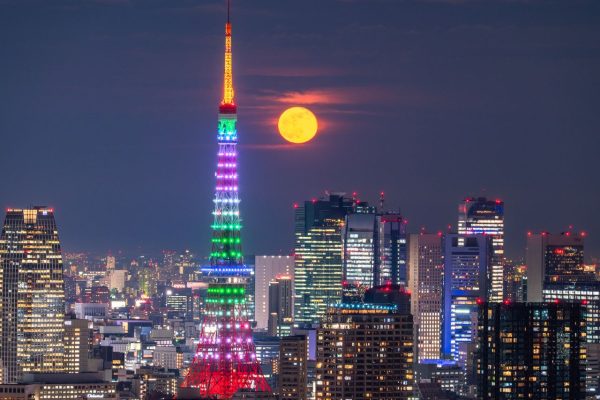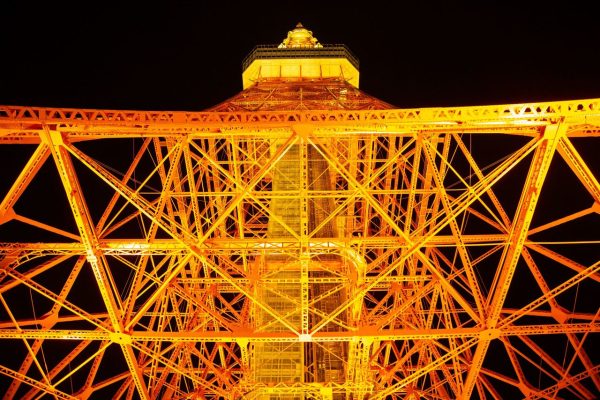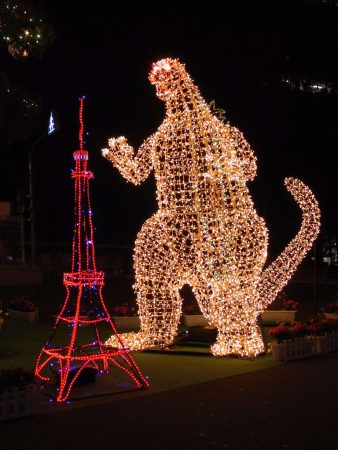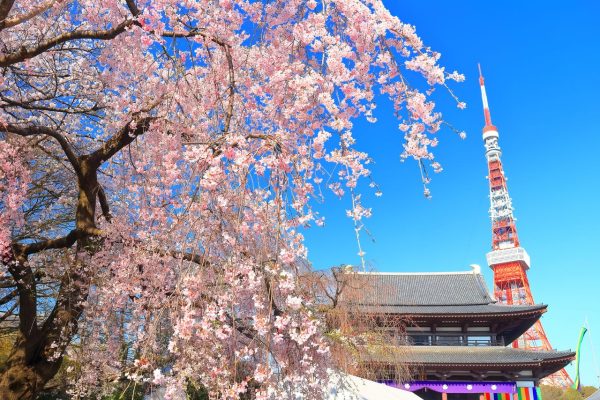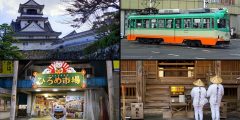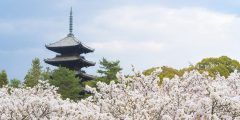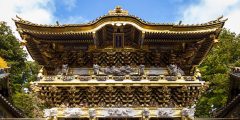Tokyo Tower is a beacon of the present and the legacy of the past
Since its construction in 1958, Tokyo Tower still maintains its popularity in the city, attracting many visitors every year.
The beauty of numbers
The Tokyo Tower was opened to the general public on December 23, 1958. The tower is 333 meters high, and at the time of its construction, it was the tallest free-standing tower in the world, ahead of the Eiffel Tower.
Total construction costs reached 2.8 billion yen, and 220 workers participated in the construction. Because computers did not exist at that time
All the calculations were done manually and took a year and a half. The tower was designed to be resistant to earthquakes and other disasters.
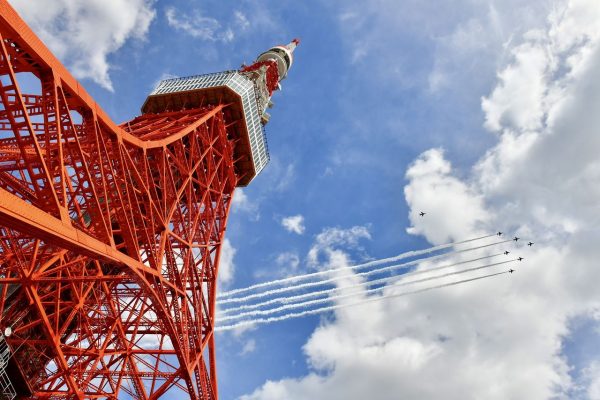
When architect Naito Tacho was asked about the tower’s design, he replied: “It was the result of the quest to build a solid structure without waste. “One could call it beauty created by numbers.”
At the same time, it was necessary under the Civil Aviation Law for structures above a certain level to have a distinctive red and white color combination.
(Technically, the color red is described as “international orange.”").
Read also:Sanqin Park(Buildings equipped with high-bright aircraft warning lights are exempt from this law, which explains why the taller Tokyo Sky Tree is not painted the same colors.)
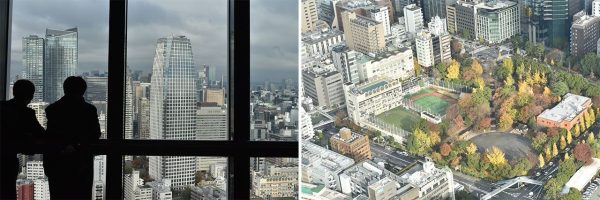
Visitors can take a tour of the reservation-only upper platform and look down from a height of 250 meters to see sites such as Mori Park, Roppongi Hills Building, Zojoji Temple, and Shiba Park, which look like miniature gardens.
The tour can also include the main platform at 150 metres, welcome drinks and photography services are also available. It is also possible to ascend to the main open-air platform by climbing 600 steps in a journey that takes approximately 10 minutes.
On the big screen
Many couples and families come to Tokyo Tower as sunset approaches. Where they can first enjoy watching the lighting of the tower, and then view the city from the observation deck.
(Original text in Japanese, translation provided by Japan in Arabic)
